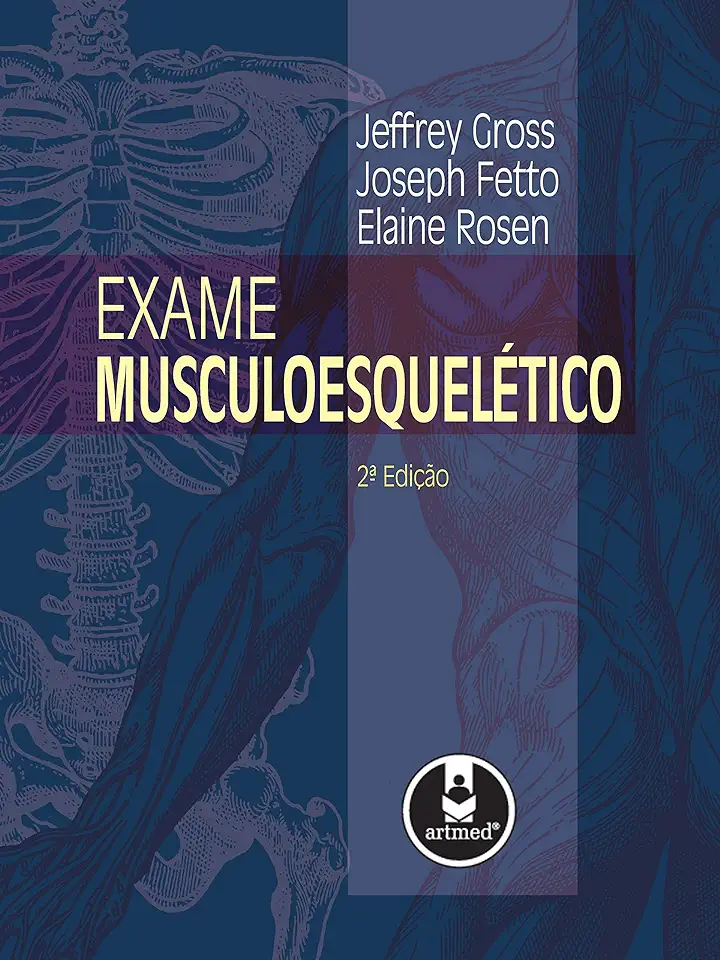
Musculoskeletal Examination - Jeffrey Gross
Musculoskeletal Examination: A Guide for Physical Therapists
Introduction
The musculoskeletal system is a complex network of bones, muscles, tendons, and ligaments that work together to provide support, movement, and protection for the body. When any of these components are injured or diseased, it can lead to pain, stiffness, and decreased function.
Musculoskeletal examination is a critical component of physical therapy practice. It allows the physical therapist to identify the source of a patient's pain or dysfunction and develop an appropriate treatment plan.
What is Musculoskeletal Examination?
Musculoskeletal examination is a systematic process of evaluating the musculoskeletal system for pain, tenderness, swelling, deformity, and range of motion limitations. The physical therapist will also assess the patient's posture, gait, and functional abilities.
Why is Musculoskeletal Examination Important?
Musculoskeletal examination is important because it allows the physical therapist to:
- Identify the source of a patient's pain or dysfunction
- Develop an appropriate treatment plan
- Monitor the progress of treatment
- Identify any potential complications
How is Musculoskeletal Examination Performed?
Musculoskeletal examination is typically performed in a private room with the patient undressed to their underwear. The physical therapist will begin by asking the patient about their symptoms and medical history. They will then perform a series of tests to assess the patient's musculoskeletal system.
These tests may include:
- Inspection: The physical therapist will visually inspect the patient's body for any signs of pain, tenderness, swelling, deformity, or asymmetry.
- Palpation: The physical therapist will use their hands to feel the patient's body for any areas of pain, tenderness, or swelling.
- Range of motion testing: The physical therapist will test the patient's range of motion in all of their joints.
- Strength testing: The physical therapist will test the strength of the patient's muscles.
- Special tests: The physical therapist may perform special tests to assess for specific conditions.
What are the Benefits of Musculoskeletal Examination?
Musculoskeletal examination can provide a number of benefits for patients, including:
- Early diagnosis and treatment of musculoskeletal conditions
- Improved pain management
- Increased function
- Reduced risk of complications
Who Should Have a Musculoskeletal Examination?
Anyone who is experiencing pain, stiffness, or decreased function in their musculoskeletal system should have a musculoskeletal examination. This includes people who have been injured, people with chronic pain, and people who are simply looking to improve their overall health and fitness.
Conclusion
Musculoskeletal examination is a critical component of physical therapy practice. It allows the physical therapist to identify the source of a patient's pain or dysfunction and develop an appropriate treatment plan. If you are experiencing any musculoskeletal problems, be sure to see a physical therapist for an evaluation.